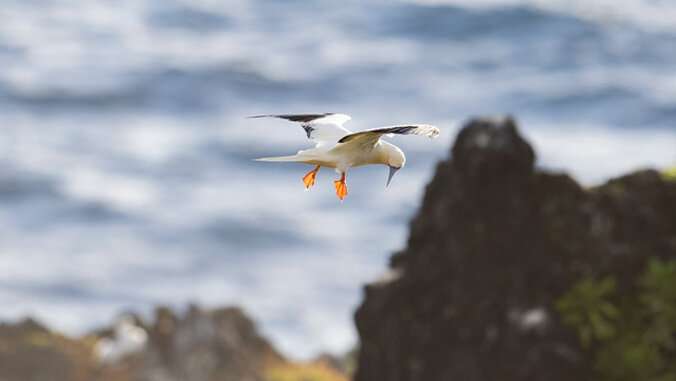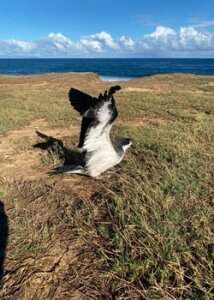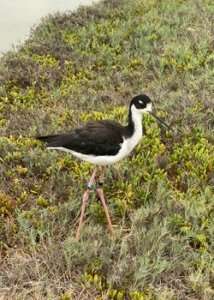How to protect native, endangered birds from solar installations in Hawaiʻi

Best management practices (BMPs) for solar installations to protect Hawaiʻi's native and endangered birds have been released by the University of Hawaiʻi Pacific Cooperative Studies Unit. The new technical report synthesizes current literature on the threats posed by industrial-scale solar installations to birds, identifies the species most at risk from solar infrastructure, lists the locations of current and future solar facilities, and describes specific strategies to limit negative impacts on Hawaiian bird life.
"As the state moves to meet its goal of 100% clean energy by 2045, it is vital that green energy sources do not negatively harm the state's already imperiled birdlife," said UH Mānoa School of Life Sciences Professor David Duffy, who is also the report's co-author.

Three seabirds and five waterbirds have been identified as the threatened or endangered species most likely to interact with solar facilities and the ones most at risk of being harmed—along with 32 species of migratory waterbirds and shorebirds, and the pueo (Hawaiian short-eared owl). The report's vulnerability matrix includes information about the local and global population status of different species and lists considerations for reducing impacts at existing and new facilities.
The authors describe specific aspects of solar infrastructure that pose risks to birdlife, including polarized light from panels or cooling ponds that may attract birds to a site; nighttime lighting that disorients both adult and fledgling seabirds; direct collisions with power lines, panels, fences and other structures; and predation of downed birds by non-native animals.

Mitigation and design
Recommendations include: Year-round, bird-strike and attraction monitoring to detect injuries and mortalities; specific siting considerations; ongoing predator control; reducing the attractiveness of solar panels; and enhanced visibility of wires using markers or reflectors.
The report notes that incorporating BMPs into the design of new facilities will help, but more should be done.
Jay Penniman, co-author and manager of Maui Nui Seabird Recovery Project of the Pacific Cooperative Studies Unit, said, "Studies at solar facilities on the mainland have shown that mortality of endangered birds is inevitable. Mitigation projects need to be developed in tandem with the design process, and not created as an afterthought."
Planning required
The report concludes, "We all want solar power to succeed but it requires planning rather than reacting."
More information: There report is available as a PDF at scholarspace.manoa.hawaii.edu/ … 125/79131/1/v203.pdf
Provided by University of Hawaii at Manoa





















